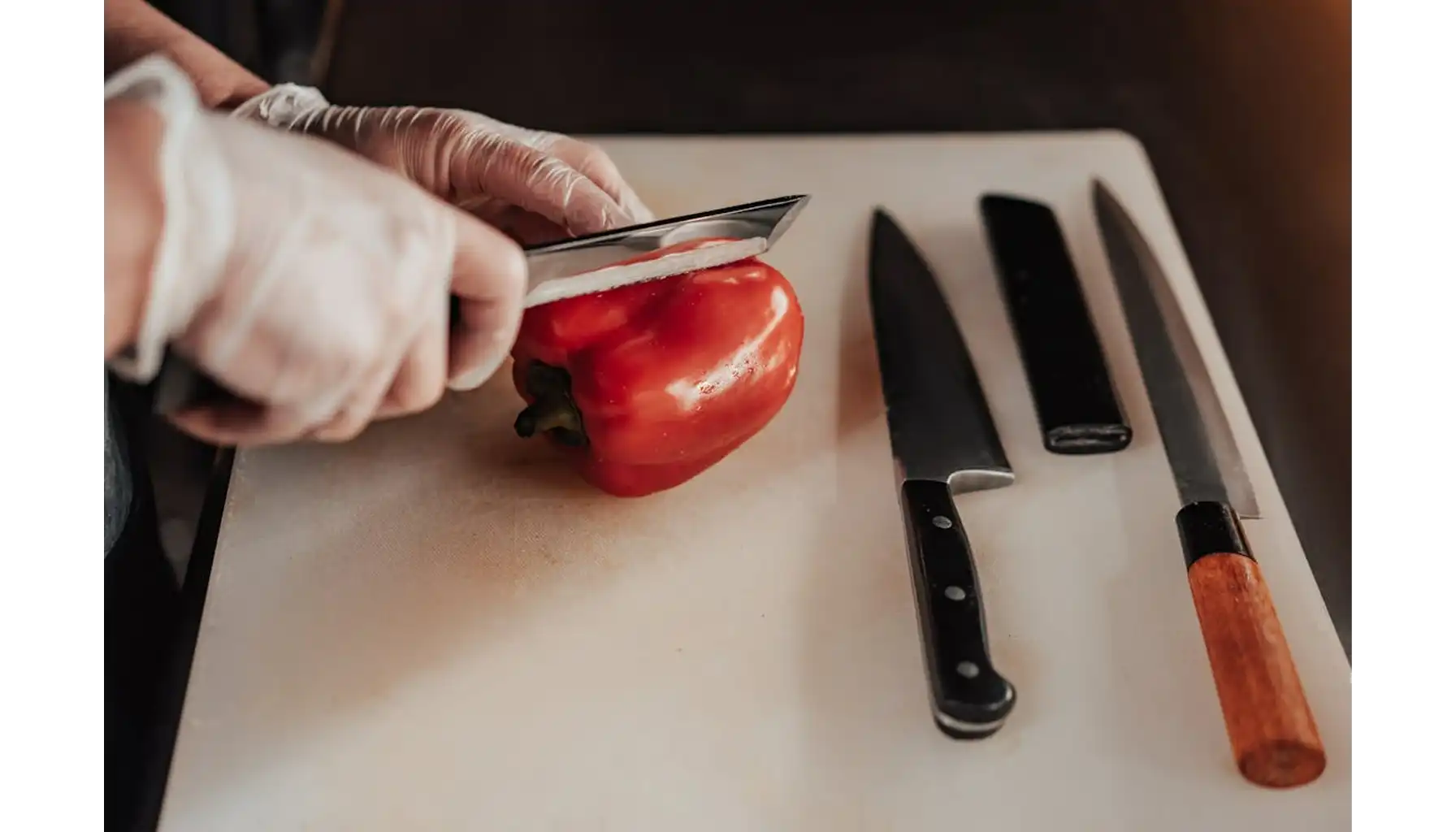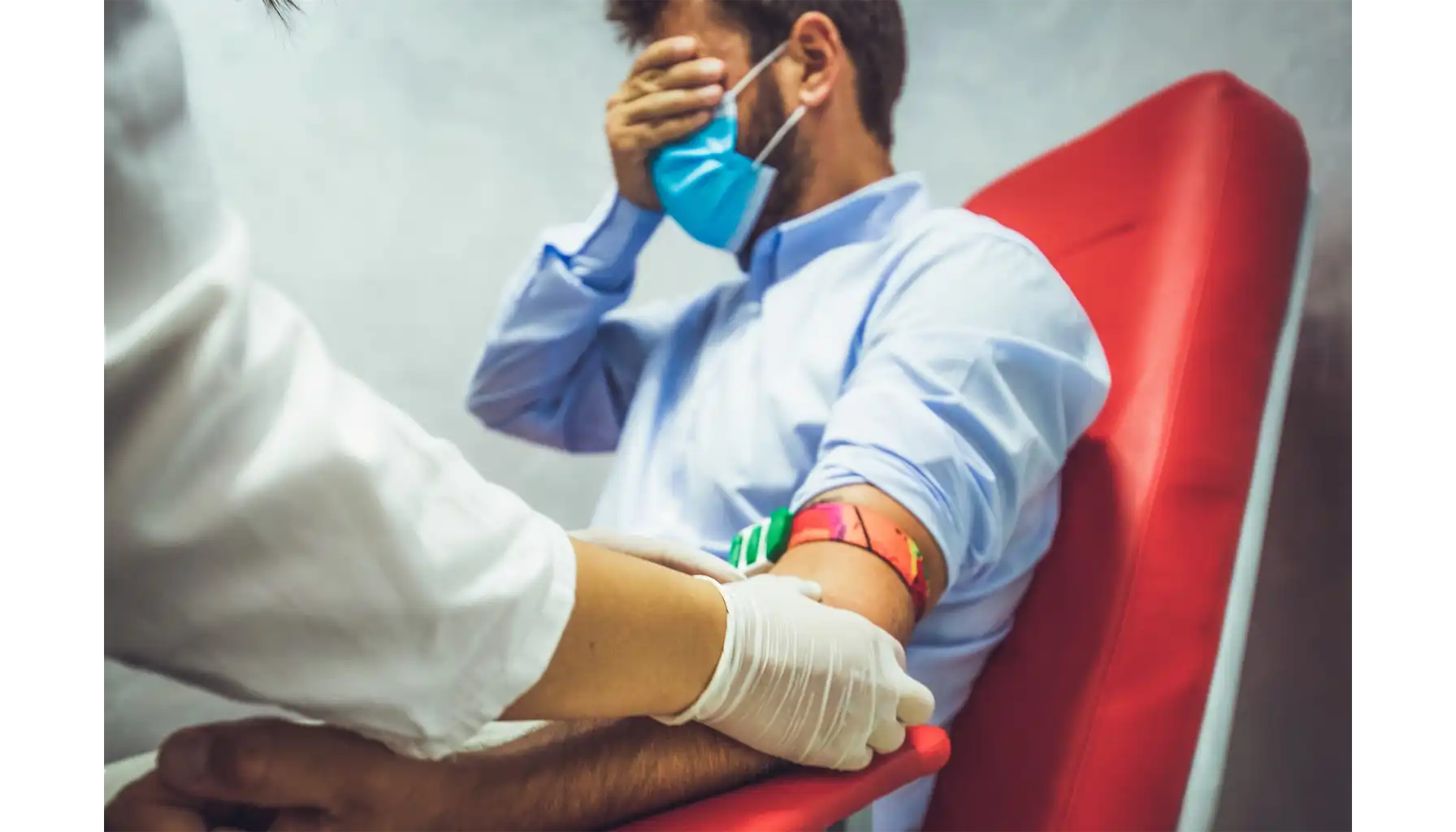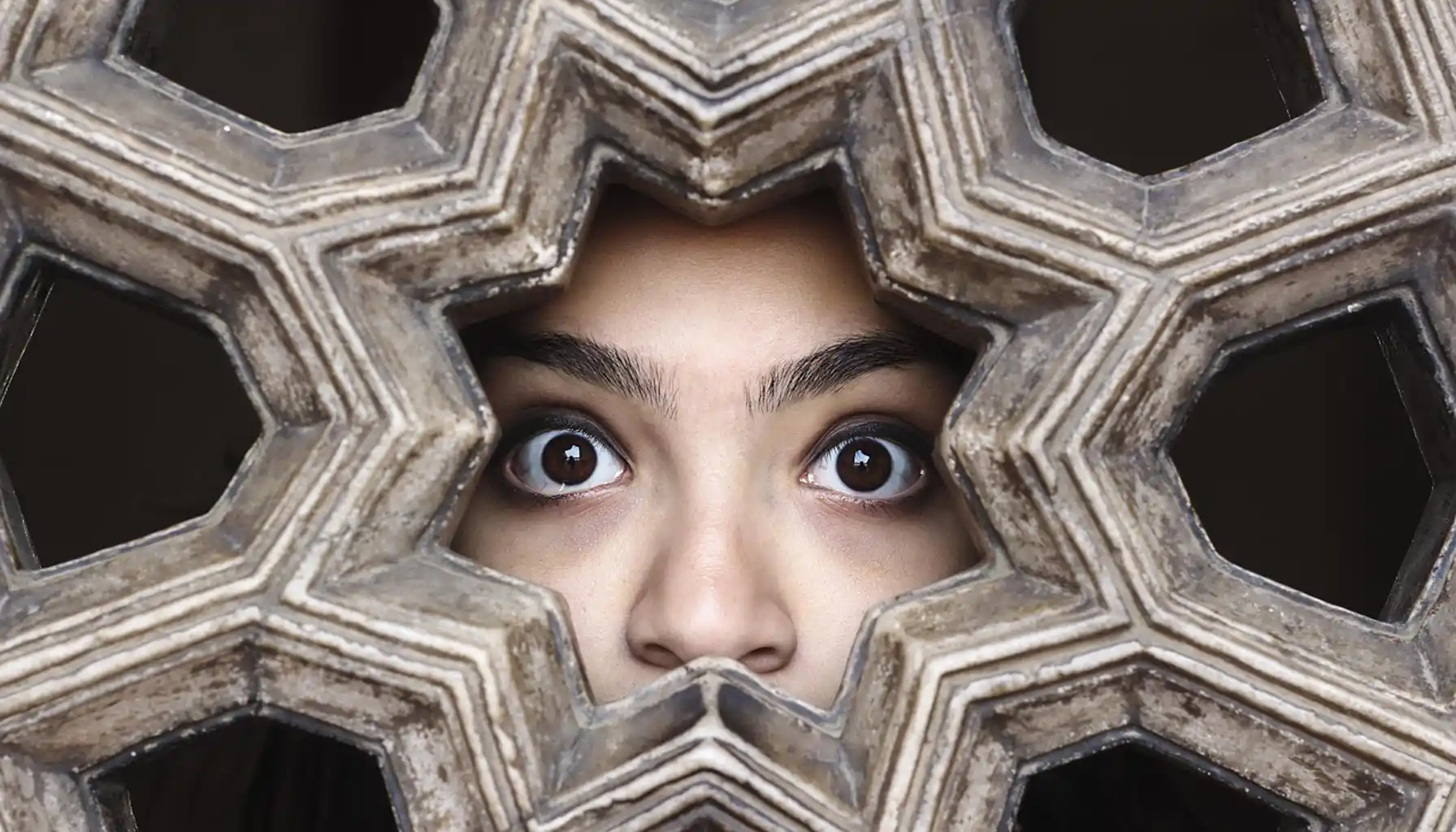Fear of Sharp Objects (Aichmophobia): Signs and How to Treat

Contents:
Humans are animals, yet unlike many others, we often carry an inherent fear of sharp objects, even without any prior encounters with them. Sometimes, it is reasonable and rather wise to stay away from something that causes injury or poses a threat to life, but this fear may grow beyond reasonable limits. It is usually referred to as aichmophobia.
For those living with the fear of sharp objects, even everyday life can become difficult to navigate. Sharp edges, knives, needles, and even scissors may turn into the real enemies who do not support but, instead, trigger intense anxiety without any real cause. So, what is aichmophobia? Which symptoms to watch for, and what kind of brain training can help reduce them? Discover the answers in this guide.

Clinical Aichmophobia Definition Explained
Psychology and other related spheres have long studied the aichmophobia meaning and the concept hidden beneath. As such, aichmophobia is a specific phobia that can be characterized by an overwhelming fear of sharp or pointed objects. While other precautionary measures may help one prevent injury, aichmophobic reactions are disproportionate and unreasonable and can be triggered even when there is no real danger out there.
Clinically, this dysfunction is considered an anxiety disorder (like algophobiaor aerophobia), with corresponding psychological and physical responses, such as panic, paranoia, rapid heartbeat, sweating, trembling, nausea, or an urge to flee. This, as a result, may affect daily life, especially those areas that may involve the use of cooking, crafting, or medical equipment.
So, what is the fear of sharp objects called? In particular, it derives from the Greek words aichmē (point) and phobos (fear), which reveals the focus on pointed objects within the framework of this term. The exact prevalence is unknown, yet aichmophobia as a part of a broader category affects roughly 7% to 10% of the population (along with other phobias taken into consideration).
By the way, many may confuse the fear of needles or sharp objects (trypanophobia) with aichmophobia proper. Nevertheless, trypanophobia specifically focuses on injections or medical needles, while aichmophobia encompasses a broader range of sharp objects in everyday life.

Causes of Aichmophobia: Is It Possible to Be Triggered?
For any phobia to develop, there should be certain causes to antedate. But in fact, this fear does not always require a direct traumatic experience (it can emerge even without any personal injury or negative encounter with sharp objects). Anyway, let us review a few possible triggers that promote the appearance of this fear.
Learned behavior: At times, children may adopt fear responses as they observe anxious reactions in family members or media portrayals.
Direct experiences: Although it is not always necessary, past injuries or painful encounters with sharp objects can contribute to the phobia (but it is not the rule, for sure).
Environmental and social influences: Relationships within the family, parental marital status, or socioeconomic conditions may also play a role in developing heightened anxiety toward sharp objects (or, rather, phobias in general).
Signs and Aichmophobia Symptoms
Should you suspect certain dysfunctions in yourself, it is important to identify the symptoms and understand what you are trying to defeat. So, before turning to the aichmophobia treatment, please be sure to follow this: study yourself, consult specialists, receive a diagnosis, and then step onto your healing journey with confidence in what you are doing. As easy as that.
Type | Common Symptoms | Examples |
Psychological | Intense anxiety or panic, persistent fear, obsessive thoughts, avoidance behaviors, feeling of helplessness | Complete avoidance of knives, scissors, or needles; constant worry about injury |
Physical | Rapid heartbeat, sweating, trembling, nausea, shortness of breath, muscle tension | Feeling dizzy or nauseous when near sharp objects; trembling hands at the sight of something pointy |
Behavioral | Avoiding areas with sharp objects, over-cautious movements, reluctance to attend medical appointments | Avoiding cooking, sewing, craft areas |
Treatment and Coping Strategies
Disclaimer: One should always consult a healthcare professional for an accurate diagnosis and guidance on appropriate treatment options. Self-diagnosis can be risky and, in some cases, potentially harmful.
Today, we are not going to recommend any type of medication, for it is the responsibility of healthcare authorities only. Instead, our team may suggest certain viable and, at the same time, safe approaches that boost brain capacity and ease the pain of being under stress all the time.
Treatment | Description | How It Helps |
Cognitive-Behavioral Therapy (CBT) | Cognitive behavioral therapy is a form of psychological “talk” treatment that focuses on the identification of problems and thought patterns about sharp objects to improve emotional regulation and finally get rid of an initially unreasonable fear. | Helps one restructure, rethink fear responses and reduce anxiety in the end |
Exposure Therapy | Basically, exposure therapy consists in gradual, controlled exposure to the objects, events, or situations that trigger anxiety and become the source of severe fear. According to psychological studies, it is especially efficient when dealing with SAD, OCD, PTSD, and the like. | Desensitizes the brain and decreases fear over time |
Relaxation Techniques | People should be able to control their bodies on their own. This usually starts with an understanding of the organism, how it works, and what it needs. Deep breathing and mindfulness meditations are among the most popular options that do not require professional guidance. | Calms physical and emotional reactions to fear |
Cognitive Training | Nonetheless, even rest can be made more productive through cognitive training, which supports both mental performance and relaxation. With the use of apps like Mind Elevate, one may improve attention, memory, focus, concentration, as well as mathematical and musical skills. Dealing with your fears becomes far more effective when your mind is functioning at full capacity. | Boosts emotional sobriety, improving the ability to manage anxiety |
Sound Lifestyle Choices | A useful tip to keep in mind: a healthy lifestyle may not be the most appealing solution to opt for, but it indeed is the least stressful opportunity to take. Sleep well, stop drinking alcohol, give up smoking, overcome caffeine addiction, and choose balanced nutrition – this is all you need to start. | Improves overall mental health, reduces baseline anxiety, and supports better coping mechanisms |
How to Support Someone With Aichmophobia
Support is essential, for a person who has already been swallowed by fear may not have enough power to heal. This is when the loved ones should be patient and attentive, too. Fear of sharp objects can be overwhelming and unpredictable, so your response can make a difference in their ability to cope.
Listen Without Judgment: Let them express their fears without dismissing or minimizing them. Simply acknowledge their anxiety - sometimes, it is enough.
Avoid Forcing Exposure: Never push someone to touch or handle sharp objects before they are ready. Only voluntary exposure is effective.
Suggest Professional Guidance: Gently suggest therapy or cognitive training, for only professional support can provide long-term relief.
Be Patient, Empathetic, but Consistent: Progress may be slow, and setbacks can happen. Consistent reassurance and understanding help build trust and the courage to proceed.
Fear is not a life sentence. Stay consistent, be ready to face challenges, and remember: every little step is vital!





